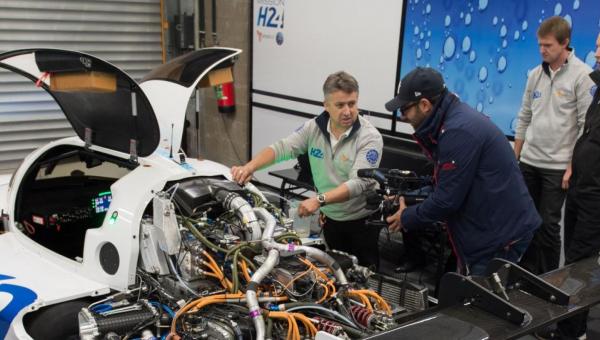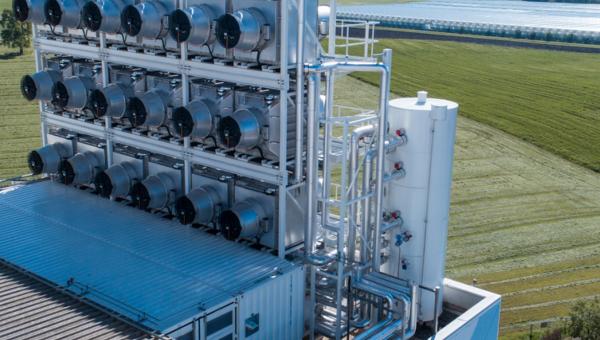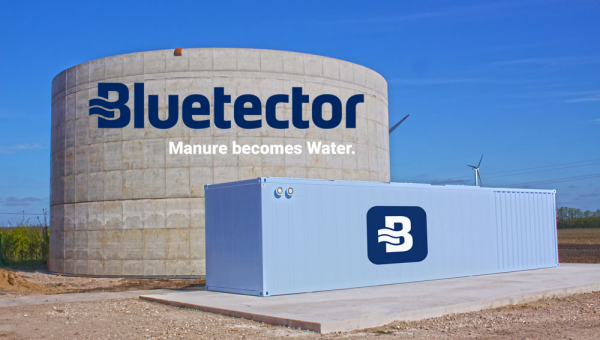Giant gravity batteries for storage of renewable energies

The world's first commercial Gravity Energy Storage System in Rudong near Shanghai.
For wind and solar power plants to reach their full potential, they need storage systems. A Swiss start-up is introducing a gravity-based battery solution.
It is an extraordinary energy storage facility that has recently been completed in the Rudong district of Shanghai, China. Built by the Ticino-based company Energy Vault, the impressive building, some 120 metres high, houses hundreds of concrete blocks that are moved up and down by lifts. The blocks weigh several tonnes and are controlled by special AI-powered software.
Using gravity to store energy
Instead of using chemicals as in a conventional battery, the building uses gravity to store energy. Experts call this a Gravity Energy Storage System (GESS) and it is seen as a potential game changer for clean energy systems. The basic idea is that when there is a surplus of renewable energy from the wind and sun, it is used to lift blocks weighing several tonnes. The energy is then stored using gravity - in principle indefinitely and without loss.
Moving blocks up and down
This is how it works: When surplus energy is available from connected wind or solar power plants, the blocks, each weighing 24 tonnes and measuring around 12 cubic metres, are moved upwards in the buildings, which are over 100 metres high. When energy is needed, the blocks move down. The stored potential gravitational energy is then released as kinetic energy - which drives the generators. One option is to automatically lower a large number of the blocks in the evening to provide electricity for the night.
AI calculates energy needs and moves blocks
The blocks are moved around the building using AI-controlled software. In addition to the automated solution, the aim is to ensure that the power requirements can be accurately calculated and operated. According to Energy Vault, the blocks are made from local materials such as soil, sand or waste. Recycled materials such as shredded wind turbine blades or coal seams from fossil fuel production will also be used.
First gravitational batteries in use
Several projects are currently under way in China and the US, totalling 915 megawatt hours (MWh) of energy storage. The company's first commercial grid-scale project using its proprietary gravity energy storage technology in Rudong, near Shanghai, was connected to the grid in December 2023 and can store up to 100 MWh. In other words, this is enough electricity to power nine homes for a whole year just from stored energy. According to a press article, nine other projects are currently under way in China alone.
The research and development of the gravity energy storage system has been based in Ticino and operational since 2019 with its own R&D centre. The commercial demonstration unit has been connected to the Swiss national utility grid and used for two years of testing and software commissioning.

Energy Vault’s own R&D Center in Ticino, Switzerland.




